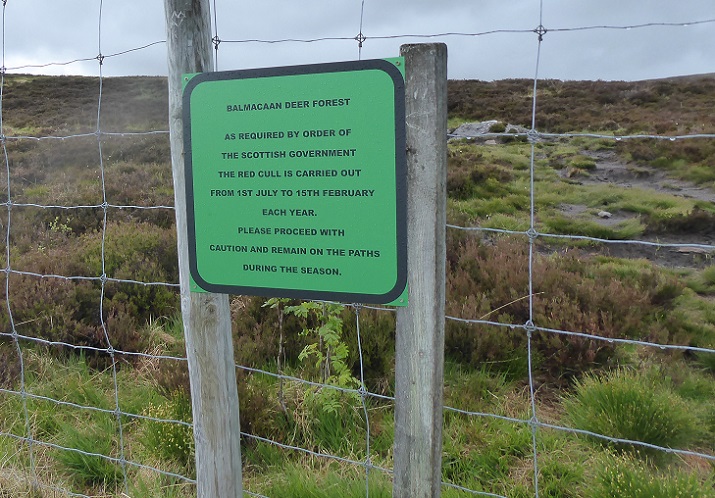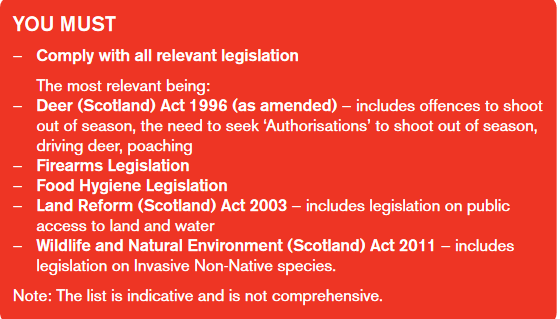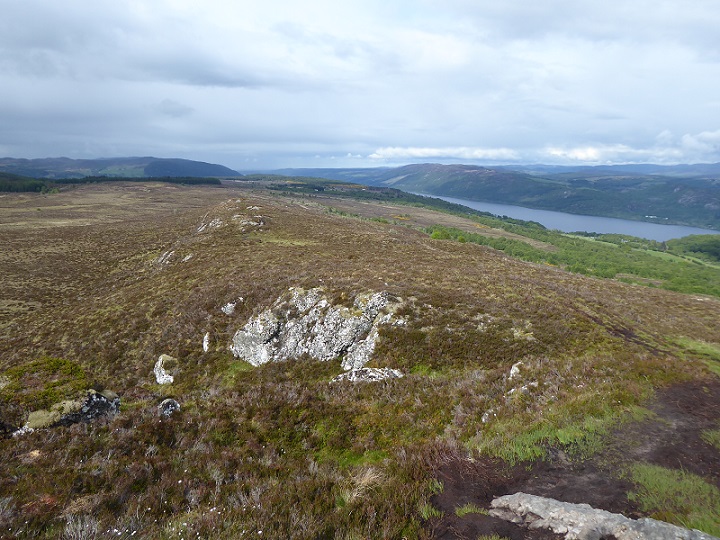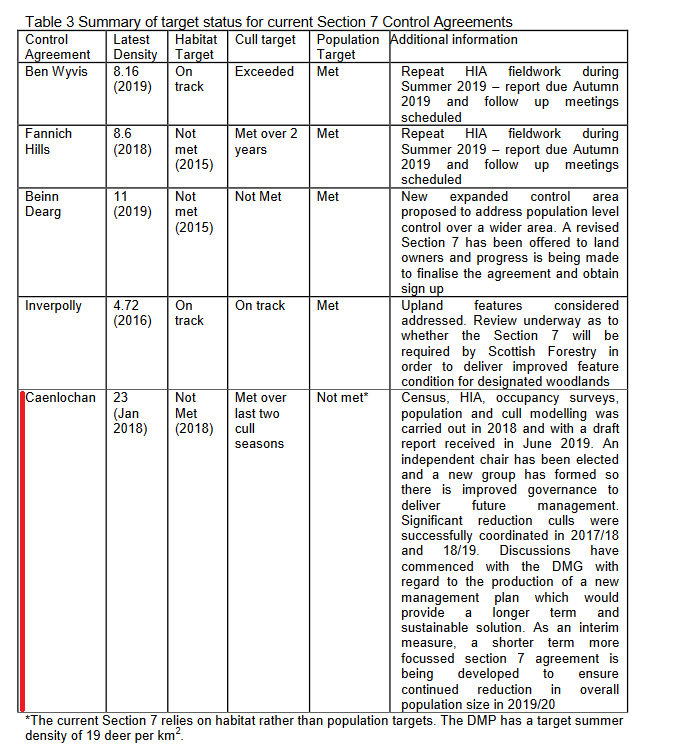
When you see bizarre claims on a sign once they are easy to dismiss as the product of a landowner’s fevered mind. This, however, is the second sign I have come across in the last year that claims “red culls” are carried out “By Order of the Scottish Government”. (Apologies I cannot recall the location of the first). It would appear, therefore, something else is going on.
What’s wrong with the sign?
First, the Scottish Government doesn’t order estates to cull red deer between 1st July and 15th February. Those dates demarcate the start of the stag shooting season and end of the hind shooting season, when it is lawful to shoot deer, with the changeover between the two seasons taking place on 20th October. The Scottish Government has never issued any order compelling landowners to shoot red deer, on the contrary they have made it very difficult for landowners who do want to reduce deer numbers by making it an offence to kill deer out of season without a special licence.

Second, no-one reading the sign would know that the main purpose of deer stalking estates is to shoot deer for private sport. It is not successive Scottish Governments who have determined that much of the Highlands has been managed to produce large numbers of red deer for that end, but private landowners. While many estates have an excellent record when it comes to public access, a few don’t and will do anything they can to reduce the very low risk of their pleasure being disturbed – hence the exhortation to walkers to keep to the path.
Third, while landowners could in theory be ordered to shoot deer, it is not the Scottish Government that does this but NatureScot through Section 7 of the Deer (Scotland) Act 1996 (see here). This basically enables NatureScot to take a “preliminary view” about what measures might be taken where deer are causing serious damage to woodland or agricultural production or pose a potential risk to public safety. Then, after consultation with the landowner/s concerned, NatureScot may negotiate a voluntary “control agreement”or if that fails a Section 8 compulsory agreement, a power which NatureScot has NEVER used.
The Deer Working Group, in their comprehensive description of the law, produced a succinct summary (para 58) of the legal position:
“In Scotland, a land owner decides how many deer they shoot on their land and the public authority only intervenes in an owner’s cull if there is a need to protect public interests from damage.”
How effective are Section 7 agreements (voluntary orders from NatureScot)?
The law, however, in practice might as well not exist.

My photos provide an example of this. In theory, anyone want to plant trees or dedicate land to allow woodland to regenerate naturally, should be able to call on NatureScot to intervene should those trees get damaged by red deer. But, because that never happens, most landowners have little choice but to protect their woodland with deer fencing which they do by applying for grants from Forestry Scotland.
Another example of this failure to prevent damage is road accidents. On 20th May NatureScot issued a news release (see here) warning of the high risks of vehicle collision with red deer which “estimated that collisions between deer and vehicles could be as high as 9,000 per year in Scotland, resulting in 50 to 100 human injuries”. So what has NatureScot done to order landowners to reduce deer numbers in the fact of this serious risk to public safety? Nothing.
Recently, I learned from a preliminary response to a Freedom of Information request that NatureScot decided NOT to renew the Section 7 agreement that covered Caenlochan in the Cairngorms National Park and was considered by the Deer Working Group (see here) when it became due on 1st July 2020. NatureScot is due to release information about the reasons for that decision in the next few days but less than 9 months before the decision had included this table in a report (see here) to the Scottish Government:

What a massive turnaround at Caenlochan in just 9 months! With the last four of these affected by the first Covid lockdown and Balmoral one of the estates involved, perhaps Prince Charles had time to intervene while he was self-isolating on Deeside (see here)?
And note the target deer density, 19 deer per square kilometre. This is almost twice the maximum of 10 per square kilometre recommended by the report of the Deer Working Group which has caused the Grampian Moorland Group such apoplexy (see here).
Far from ordering landowners to cull red deer, NatureScot as the public agency responsible for trying to control deer numbers appears in thrall to them. The result has been the destruction of the natural environment, with all the terrible impacts that has for nature and carbon emissions. The cost to the public purse – deer fencing, road traffic accidents Section 7 Agreements (in 2017 a Parliamentary Question revealed the average cost was £250k a year) along with grants for tree planting and peatland restoration is immense.
Deer war propaganda and the Scottish Government
While some estates are now falsely claiming they are being ordered to cull red deer during the stalking season, the Scottish Gamekeepers Association was last year threatening to withdraw from the Wild Deer Best Practice Group (see here) because one of its members, Forestry and Land Scotland (FLS), was shooting deer hinds out of season (see here). It described this practice as inhumane despite the Deer Working Group recommending that the hind shooting season could be extended from September to April without significant impact on the welfare of deer calves (FLS were shooting in September).
What both these arguments by sporting estate interests have in common is that they appear designed to persuade the public that it is government and public agencies that are the baddies when it comes to deer control, imposing diktats on reducing numbers from on high and ignoring deer welfare.
Actually, the opposite is the truth. The failure of the state to exert any effective control over stalking estates since the Deer (Scotland) Act 1959 has allowed deer numbers to exceed the “carrying capacity” of the land for sixty years. This has created problems for deer welfare (high mortality, despite the mild winters, infertility etc) and resulted in the destruction of many other forms of wildlife. Why is it that the law is concerned about the welfare of deer but not so many other wild animals?
The limited stalking seasons have played a key part in this disaster, particularly that for stags. Allowing them to be shot when they are up in the hills may make for good “sport” but it makes controlling their numbers much harder than it need be. It would be far simpler and more effective to control stags when they come down to the glens in winter and to extend the hind season from February, which is a particularly challenging time to shoot deer, to the end of March.
Among the other beneficial consequences of such a change would be that there would be far less need for conservation minded estates to build new bulldozed tracks or take All Terrain Vehicles into remote areas to make stalking easier.
The recommendations in the report of the Deer Working Group, which was published at the end of 2019, recognised that if Scotland is to tackle the its deer problem the stalking seasons must be changed and that the public agencies responsible both needed new powers and required to exercise their existing powers more effectively. Two and a half years later, there is no sign of the Scottish Government countering the propaganda of the sporting estates interests or acting to implement the recommendations of the Deer Working Group. The two are, I suspect, connected and show it is not just NatureScot that is in thrall to sporting estate interests but the Scottish Government. An opportunity for our National Park Authorities to show they are made of sterner stuff.
Post script
Since writing the post I have been informed a Richard Webb commented on the same sign on twitter last year and made a similar point about landowners trying to stop access for 7.5 months of the years (see here)
I fear, Nick, you are being too optimistic about the conservation mindedness of estates and their clients.
You wrote: “Among the other beneficial consequences of such a change would be that there would be far less need for conservation minded estates to build new bulldozed tracks or take All Terrain Vehicles into remote areas to make stalking easier.”
It would appear from estates’ marketing that being driven in a variety of vehicles is very much part of the shooting experience as Landrovers and a variety of other options are widely offered.
From the front page of an estate (I will save their possible embarrassment by simply quoting their claims.
They write: “The moor is well connected, ensuring good access to almost all lines of butts and Argocats are available to cover any journeys to the butts which 4×4 vehicles cannot reach.”
Would you agree, Nick, it is becoming increasingly clear, that the estates developing run-of-river and other HEP systems on their land, are now adopting the construction roads for their sporting clients. You will no doubt remember the report from 2018 – https://www.scotlink.org/files/documents/Annex_1_The_Growing_Impact_of_Vehicle_Tracks_in_the_Uplands_May-1.pdf
A related issue is, “what is the natural range of red deer”? Who decides where they are allowed to live?
Clearly in a natural Scotland there would be no fences and red deer would be found in Fife, the Lothians and Ayrshire- coast to coast. But they are not. These woodland creatures (a key component of our woodland ecology) are restricted to our unwooded uplands.
If they tried to establish in the Howe of the Mearns. the same deer that the SGA think are so precious, would be destroyed as vermin. So if you live in Marykirk, who decides that you dont have the right to see red deer at the bottom of the garden? Do SNH agree that red deer should be prevented from filling the species natural range?
We seem to be happy for beaver, pine martin and nut hatches to move and expand their ranges….